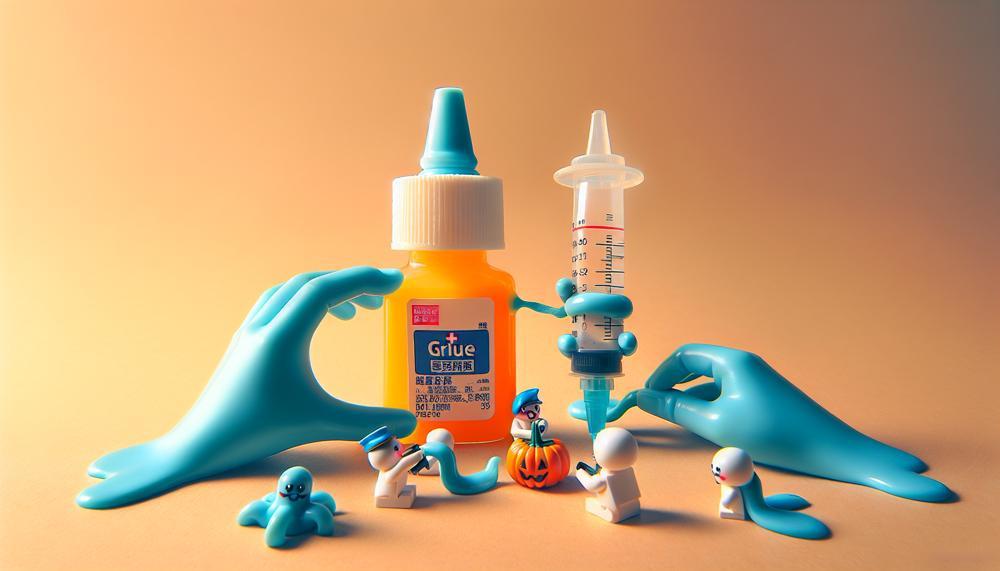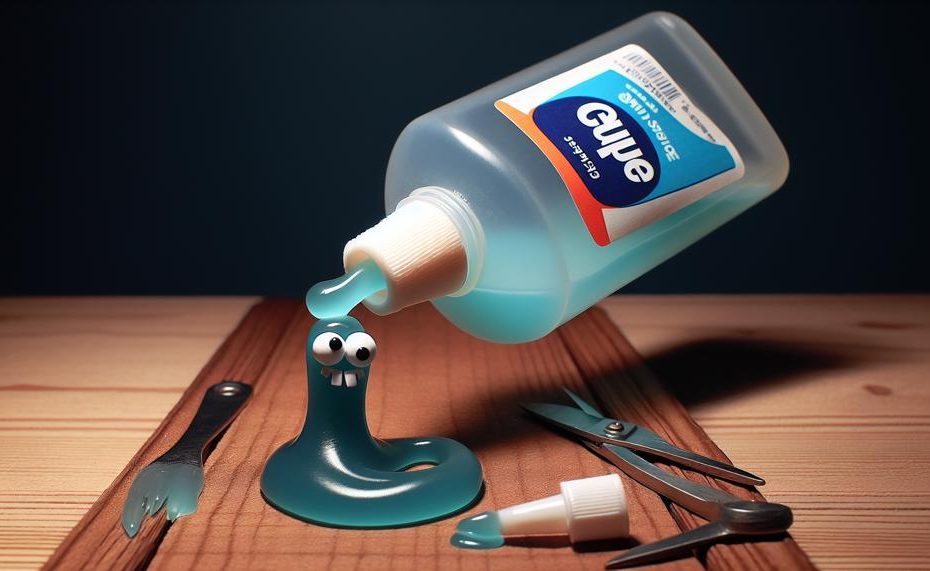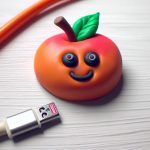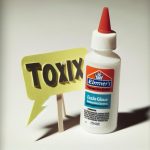Have you ever found yourself in the middle of a DIY project, ready to glue two pieces together, only to realize that the glue won’t come out of its bottle? Frustration sets in as you try to squeeze and shake the bottle, but no matter how hard you try, nothing seems to work.
But have you ever stopped to wonder why glue doesn’t stick to the inside of its container? How is it able to stay perfectly intact until we need it?
The answer lies in the science behind this sticky mystery. Let’s explore some reasons why glue doesn’t stick to its own bottle:
- The inside of a glue bottle is coated with a release agent that prevents the glue from adhering to it. This coating acts as a barrier between the glue and the bottle’s surface, preventing them from bonding.
- Another factor at play is water. Most glues contain water, which evaporates over time, leaving behind a thicker and stickier consistency. This change in texture makes it difficult for the glue to stick to the smooth walls of plastic or glass bottles.
- Speaking of bottles, their shape and material also contribute to preventing adhesion. Most glue bottles have narrow openings and smooth surfaces, making it challenging for the adhesive to cling onto them.
- And lastly, air bubbles can form between the glue and the bottle’s surface. These bubbles act as a barrier, making it nearly impossible for them to bond.
Fascinating, isn’t it? So next time you find yourself struggling with a stubborn bottle of glue, remember these factors at play. They all work together like a well-oiled machine to keep our beloved adhesive safely stored until we need it.
So, let’s dive in.
Table of Contents
What Causes Superglue Not to Stick to The Inside of the Bottle?

There are various reasons why superglue fails to stick to the inside of its bottle, including the type of glue, water content, and reaction with its container.
Type of Glue:
Different types of glue have unique characteristics and ingredients that affect their adhesion abilities. PVA glue, also known as white glue, contains long polymer molecules and water.
When it is squeezed out of its container, the water evaporates, leaving behind sticky polymers that bind surfaces together.
In contrast, superglue is made from cyanoacrylate, a chemical that reacts with water vapor in the air to form strong chemical bonds.
Due to this difference in composition, superglue does not adhere to the inside of its bottle.
Water Content:
Water plays a crucial role in the bonding process of glue. In PVA glue, water is necessary for creating adhesive bonds. However, when trapped inside its container, the water hinders the glue from sticking to its surface.
On the other hand, superglue contains lower amounts of water compared to white glue.
This allows it to react differently with its container. Instead of getting trapped inside, superglue absorbs water vapor from the air and dries up. This makes it challenging for it to stick to itself or any blockages in the tube.
Reaction with Container:
Another factor that contributes to superglue’s failure to stick to its bottle is its reaction with the container. Superglue forms robust chemical bonds with surfaces, making it difficult for it to stick to itself or any blockages in the tube.
This is because when exposed to moisture and oxygen, the polymers in superglue become brittle and form a hard layer that prevents it from coming into contact with new moisture.
Also Read: Is Elmers Glue Toxic?
Conclusion
In conclusion, the question of why glue doesn’t stick to the inside of its bottle is not only relevant to our DIY projects but also piques our curiosity about the science behind it.
Through our exploration, we have unraveled the various factors at play in this sticky mystery. These include release agents, water content, bottle shape and material, and air bubbles.
Armed with this knowledge, we can troubleshoot any issues that may arise while using glue and make informed decisions when selecting and storing different types of adhesive.
By understanding the delicate balance between solvents and adhesives in glue composition, we can achieve optimal results for our projects.






